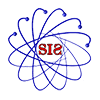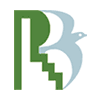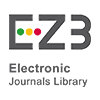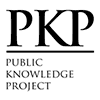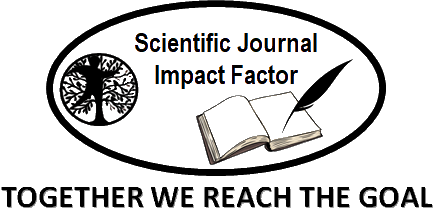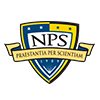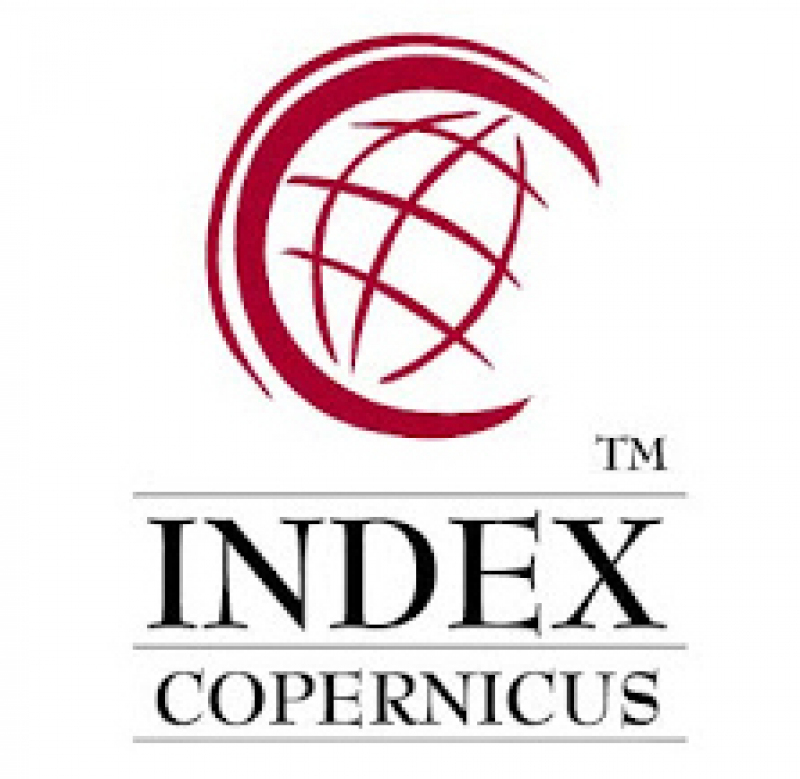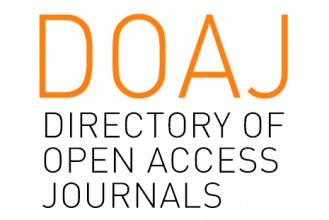The Significance of Phantasmagoria in the Love Lyrics of W. B. Yeats’s the Wild Swans at Coole
Abstract
This study studies the significance of phantasmagoria in the personal love lyrics included in The Wild Swans at Coole. Yeats’s phantasmagoria is extensive and has multiple facets, for it can be traced in various forms in different poems. Its vivid presence can well be noticed in the elegies, personal love lyrics, and philosophical poems of The Wild Swans at Coole. Yeats speaks of the significant role of phantasmagoria in the preface to The Wild Swans at Coole and introduces it a means through which he can express his convictions of the world. The poet, according to Yeats, never speaks directly; there is always a phantasmagoria involved. The term phantasmagoria can be regarded as a key concept in Yeats’s The Wild Swans at Coole. A deep interpretation of the personal love lyrics of this collection necessitates a close study of the images and symbols constructing the related phantasmagoria.
Keywords
Full Text:
PDFReferences
Cirlot, J. (1962). Dictionary of Symbols. Trans. Jack Sage. New York: Routledge & Kegan Ltd.
Ellman, Richard (1954). The Identity of Yeats. London: Faber and Faber.
------- Yeats: The Man and the Masks. London: Faber and Faber, 1961.
Fallis, R. (1976). ‘I Seek an Image’: The Method of Yeats’s Criticism”. Modern Language Quaterly, 37, 68–81.
Henn, T. R. (1965). The Lonely Tower: Studies in the Poetry of W.B.Yeats. London: Methuen.
Hynes, Samuel (1977). “All the Wild Witches: The Women in Yeats’s Poems”. Sewanee Review 85: 565-582.
Jeffares, A.Norman (1984). A New Commentary on the Poems of W.B.Yeats. London: The Macmillan Press Ltd.
------- (1949). W. B. Yeats: Man and Poet. London: Routledge & Kegan Paul Ltd.
Khan, J. U., & ﺧﺎﻥﺟﻼﻝ ﺍﻟﺪﻳﻦ. (2002). Yeats and Maud Gonne: (Auto)Biographical and Artistic Intersection / ﻳﻴﺘﺲ ﻭﻣﻮﺩ ﻏﻮﻥ: ﺍﻟﺴﻴﺮﺓ (ﺍﻟﺬﺍﺗﻴﺔ) ﻭﺍﻟﺘﻘﺎﻃﻊ ﺍﻟﻔﻨﻲ. Alif: Journal of Comparative Poetics, 22, 127–147. https://doi.org/10.2307/1350053.
MacNiece, Louise (1967). The Poetry of W. B. Yeats. London: Faber and Faber.
Martin, G. (1966). The Wild swans at Coole”. An Honoured Guest: New Essays on (W. Yeats. Ed. Denise Donoghue & J. R. Maryne. London, Eds.).
Moore, H. T. (1964). Twentieth Century French Literature. Carabondale: Southern Illinoise University Press.
Murry, J.Midleton (1920). “Mr.Yeats’s Swan Song”. Aspects of Literature. New York: Alfred A. KNOPF MCMXX. 39 - 48.
Rajan, Balachandra (1965). W.B.Yeats: A Critical Introduction. London: Hutchinson.
Ramazani, J. (1993). ‘A Little Space: The Psychic Economy of Yeats’s Love Poems”. Criticism, 35, 67–89.
------- (1990). Yeats and the Poetry of Death: Elegy, Self-elegy, and the Sublime. Michigan: BookCrafters.
Smith, C. (1930). In Defense of Magic: The Meaning and the Use of Symbol and Rite. New York: LinVeagh the Dial Press.
Stead, C. K., & Yeats, E. (1986). Eliot and the Modenist Movement.
Unterecker, J. (1967). A Reader’s Guide to W. B. Yeats. In Russel & Russel. New York.
Ure, Peter (1946). Towards a Mythology: Subject in the Poetry of W. B. Yeats. New York: Russell and Russell.
Yeats, W. B. (1994). The Works of W.B.Yeats. Hertfordshire: Wordsworth Editions Ltd (Original work published in 1912).
DOI: http://dx.doi.org/10.18415/ijmmu.v12i4.6763
Refbacks
- There are currently no refbacks.
Copyright (c) 2025 International Journal of Multicultural and Multireligious Understanding

This work is licensed under a Creative Commons Attribution-NonCommercial-NoDerivatives 4.0 International License.
https://ijmmu.com
editor@ijmmu.com
facebook.com/ijmmu
Copyright © 2014-2018 IJMMU. All rights reserved.










